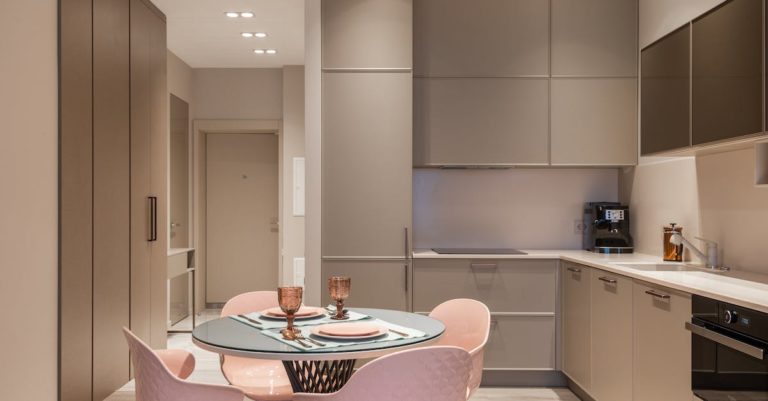When Remodeling a Bathroom, What to Do First?
There are several things to consider before beginning a bathroom remodel project. First, avoid moving plumbing lines. Second, make sure there is enough space for a linen closet. Third, install outlets that are easily accessible. Finally, paint the walls if necessary. Once you’ve completed the basics, you can move on to more elaborate tasks.
Avoid relocating plumbing pipes during bathroom remodel
While remodeling a bathroom, one of the most important considerations is plumbing. If you have old piping, you should replace it. This will save you time and money. Also, it will allow you to move fixtures and arrange the space better. If you have new pipes, you can have a more expansive concept for your new bathroom.
Moving a plumbing pipe can be complicated and time consuming. You should only attempt this if you are skilled and confident enough to complete the task properly. There are many risks involved in relocating plumbing pipes, including potential injuries and extensive property damage. Also, most domestic and heating pipes are located behind walls, making it challenging to maneuver tools. A professional plumber will have experience working in tight spaces and can take the time to move the pipes in the best way possible.
Make room for a linen closet
Adding a linen closet to your bathroom is an excellent way to maximize floor space in a small space. While the linen closet won’t have as much floor space as a regular closet, it does offer plenty of space for storage bins. Choose bins that are one solid color or similar in style. Then, use bins that have a lid to store bulky items. This way, you can easily see what’s stored in them.
Many small bathrooms don’t have enough room for a traditional linen closet. Some people overlook the space underneath the sink, which is a great solution if space is an issue. Also, installing a shower rod can add additional flow to a small bathroom. Regardless of the size of your bathroom, a linen closet will improve its function and enhance the overall look.
Install accessible outlets
When remodeling a bathroom, consider where you will install your outlets. You will want to place them at an appropriate height, and they must be GFCI outlets. The GFCI outlets protect against electrocution by sensing an imbalance in current flow, which can be caused by water. The outlets should also be installed on a dedicated circuit, so that high-wattage appliances will not trip the system. The outlets also should not be located near or above a shower or bathtub.
In addition to ensuring the safety of those who use the bathroom, you must install outlets in locations that are easily accessible. A good example is above the sink or the mirror. These outlets should be located near the point of use, such as the hair dryer. Those who share the bathroom should also consider the location of power outlets, such as those that must be reached when using a curling iron or hairdryer.
Paint the walls
Painting the walls is an important aspect of remodeling the bathroom, and it’s important to choose a semi-gloss or satin finish to avoid the risk of splatters. It’s also a good idea to paint the walls before you begin installing fixtures, including tile. This prevents paint from spreading across the other surfaces, and it also helps to limit the amount of paint that may end up on your floor. Before you start painting, you should also decide on the color of your grout, which should match the color of your tile.
Paint the walls in your bathroom with a high-quality paint that is designed to resist humidity. Bathrooms are notorious for being damp, so you need to choose a paint that can stand up to this humidity. Luckily, there are many options available, including matte and high-gloss finishes. The downside of these paints is that they may cost as much as two times the price of standard latex-acrylic paints. You may also want to consider installing a ventilation fan, if possible, to reduce the chance of mold growth. You should also avoid showering for at least 24 hours before painting. Otherwise, the paint will not have time to cure completely.
Remove accessories
When you’re ready to tear out a bathroom, make sure to disconnect the plumbing and unplug all of the accessories. Make sure to remove the toilet and drain all of its water. Then, remove the sink and baseboards. Also, remove the bathtub and shower. This work requires some heavy lifting, so make sure to have someone assist you. You will also need to turn off the electricity in the area before you start demolition.
Once you’re done removing all the small accessories, you can focus on tackling the bigger items. The flooring and walls should be the first things to go. You’ll also need to decide on what type of tub and shower you want to install. Next, consider the lighting, fixtures, and other special features you want in the bathroom.







